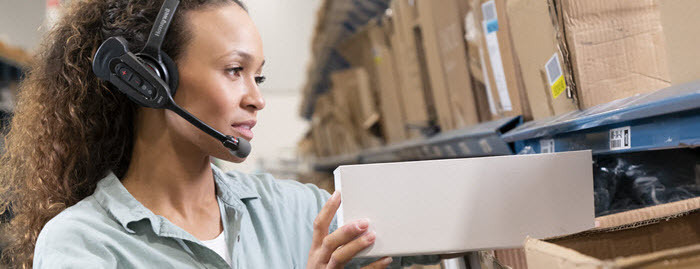Improve the quality of your transport order processing with workflows
08 Sep 2022
5 min read
The logistics industry is know as one of the most dynamic industries worldwide. And do we take a closer look, the ranking is led with distance by the transport sector. As a transportation company, you must continuously deal with the demands of a many different customers and ensure the quality of your service while your at it. This in a time in which the labor market is pushed to its limits. Good luck! It is a task that is impossible without the right tools. A matching software system then gives you the right push. In this blog, we explain how Boltrics’ status functionality brings your order processing to the next level.
Statuses in 3PL Dynamics
The status functionality is the framework the entire 3PL Dynamics solution is built on. How does that work? Simply said, you divide your logistic operation into different steps in your software with a easily configured workflow. All the activities you do, from receiving an order to invoicing, is broken up into different statuses in the software. For example, do you receive an order? The order will be labeled status ’10-New’. Is the trip planned? Then the order gets status ’25-Planned’. Are the goods delivered? The status will be ’40-Delivered’. In that way, you can divide all the steps in statuses. And most importantly, with every status change, automatic activities are triggered.
The benefits of statuses for your transport orders
With the different statuses, and in particular the functions that can be triggered, you can easily streamline your entire process. But what makes this functionality so powerful?
Reduce errors with built-in checks
Before an order can be shipped, the information on the order must be checked. That goes for example for filling in the primary information as the address or the period of the order. Because, nothing is more frustrating than not being able to complete the order because of missing information. With statuses you replace this manual action with an automatized check after a status change.
However, there are many more checks that prevent errors in your process. For example, you can add an automized control to see if the address is in an environmental zone. In that way, your driver is not surprised during his trip. Or is the address correct? Are geo positions determined? Or think of checks on document level: are all fields the customer requires filled in? All these checks can be triggered with a status change. In that way, you prevent errors when planning, executing, or invoicing.
Different workflows per customer
Typical for transportation is the large number of customers. And especially the diversity in the customer base. With every customer, you have different arrangements. From price to delivery time. And from required information to invoicing. With the help of statuses you configure a workflow per customer. Without any developments in your software. You walk through the process that is demanded for every customer, translate this process into statuses and add actions that are needed in every phase of the process.
Integration with on-board computers or scanners
95% of the orders enter your software digitally. That means your employees don’t physically see the orders. In that case, you do not want your employees to do a manual action to complete the order. Therefore, many orders can be completed automatically once all the requirements are matched. In that way, you only have to give attention to orders that need your attention.
Status changes can also be triggered by an action on an on-board computer. Or by your crossdock employees. For example, does the driver confirm the order is delivered via his on-board computer? The status is automatically changed to ’40-deliverd’. And, a POV is directly send. Or your software immediately sends an invoice to your customer. Without interference of your employees.
Plan effortlessly with workflow set up
When your operation is led by a bigger plan division, and planners are responsible for specific areas, you can divide these areas in your TMS in different plan departments. With these plan departments, incoming orders are automatically forwarded to the required planner. Furthermore, the planner always sees the orders that are still to be planned. In other words, you do not need time consuming filter activities. Instead, you directly see the right orders on the right tile.
Restrictions and resources
With restrictions in combination with resources, it is almost impossible to plan the wrong materials to an address. For example, is a tailgate or pump truck required on the delivery address? Or can the address only be reached with a rigid? Then you can capture these requirements in the conditions. When planning, a warning is automatically triggered when these restrictions are not met.
Learn more on status functionality in 3PL Dynamics
Do you want to learn more about how statuses help you streamline your transport activities? Mail to info@elevate-it.es. Or download our free whitepaper 7 ventajas del software TMS para una empresa de transporte en crecimiento.







